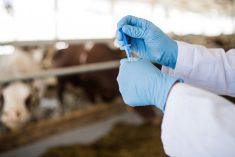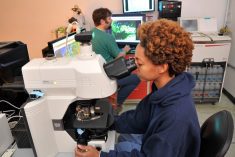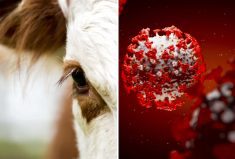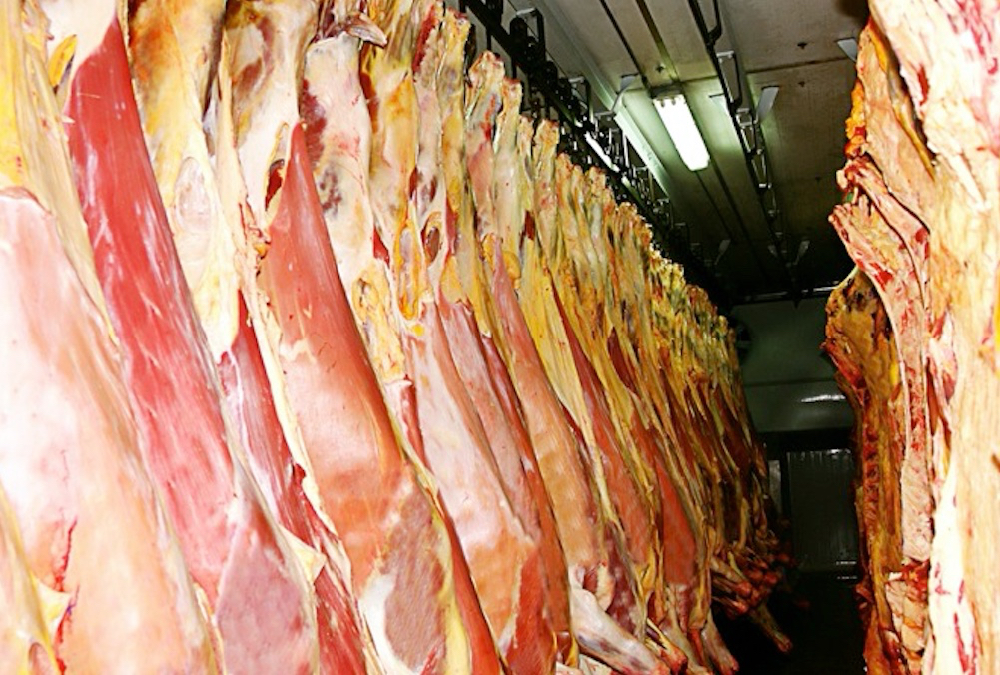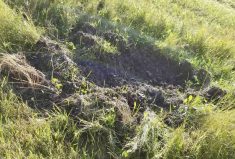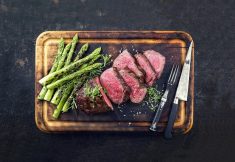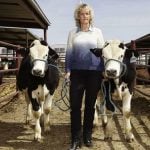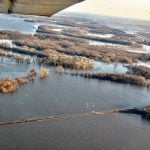This article is not specifically about the business of beef except to cover the potential effect disease transmission plays and the ecological damage invasive species can wreak, either directly or indirectly.
Wild pigs continue to expand out of control in Canada. We’ll also dive into the really bad decisions agriculture producers made in the 1980s that spun themselves into trouble that offers no apparent escape.
Initially, wild pigs were looked upon as a viable alternative. By the ’90s, the idea that wild boar could help underpin a fickle pork market, supplemented by hunting enterprises, had fallen flat. Rather than looking at what happened in Texas, California and Florida, many disgruntled producers cut fences and turned approximately 30,000 wild hogs loose — a crass and irresponsible response and why wild pigs are now found in all Canadian provinces. Feral hogs have established themselves across all continents except Antarctica. In Canada, wild pigs are primarily found in the prairie provinces of Alberta, Manitoba and especially Saskatchewan.
Read Also
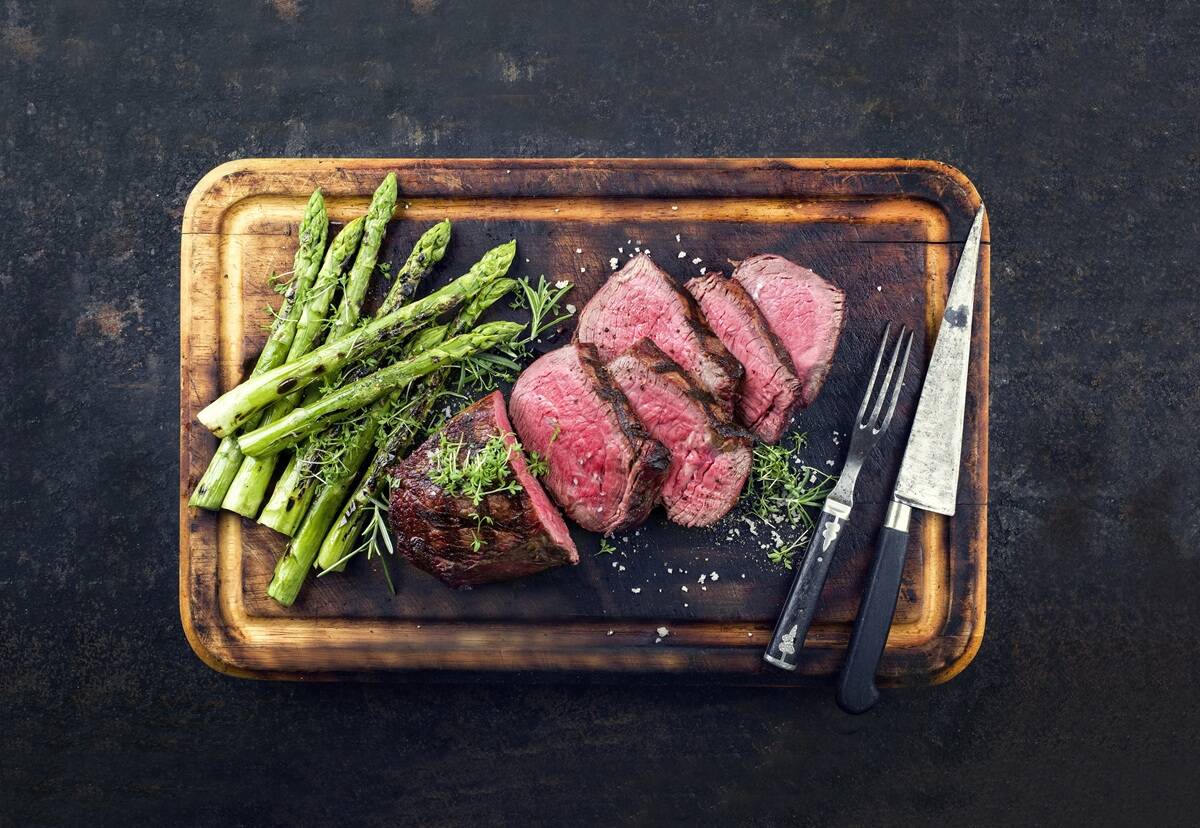
Building demand together: The impact of Canada’s beef import levy
The beef import levy has become a central tool for ensuring balance in Canada’s beef industry
The effects feral hogs have seem never-ending. First, there are disease issues. Feral hogs can potentially spread diseases such as African swine fever and foot-and-mouth disease. They are highly susceptible to both. Should feral hogs become infected by either disease, the risk of transmission to domestic livestock is real. The complexity of control, if either African swine fever or foot-and-mouth became established in wild herds, would make regaining freedom from disease Herculean.
A good friend who worked as a pathologist in the New Mexico Animal Health Laboratory system told me about feral hogs spreading pseudorabies (Aujeszky’s disease) into feedlots when scrounging for undigested corn in feces. Small lacerations around the heifers’ vulvas became portals of entry for the virus and the development of mad itch and death of feedlot heifers four to six weeks later. To curb disease prevalence, feedlot workers were issued guns and told to kill as many feral hogs as possible, which temporarily dropped the number of pseudorabies cases. But the incidence of pseudorabies increased as the population of feral pigs grew.
On the list of zoonotic diseases feral pigs could transmit to other species, possibly including people, are bovine TB, brucellosis, leptospirosis, enteric pathogens, both Salmonella spp. and Shiga toxin-producing Escherichia coli and hepatitis E. Feral swine may be considered a potential reservoir for different endemic diseases affecting domestic pigs. Several serious parasitic diseases are also carried by feral hogs, potentially transmitted during processing or through undercooked pork.
Perhaps the greatest impact attributed to feral hogs is the destruction of forests and crops. By rooting, trampling, wallowing and eating, wild pigs alter ecosystems and nutrient cycles of other species. The dollar value of damage is measured in billions in North America alone.
Biodiversity is negatively affected through competition for food and predation of eggs and the young (e.g. birds, turtles, small amphibians, crabs and snakes). Wild pig activity near water causes erosion and affects quality of drinking water on range used by cattle and other grazers. In areas where feral hogs gather, pig-vehicle collisions cost upwards of $40 million per year, not including damage in urban areas when they invade.
Complete removal of wild pig populations is challenging due to their high reproductive rate and their ability to evade humans. Trapping is a common approach to wild pig removal but involves moving traps regularly as pigs become accustomed to the traps and baits used. Pigs alter habitat use following trapping.
YouTube is a constant source of theatrics and farcical narratives on hunting feral hogs as a means of control. On one end of the scale are three hunters armed with AR15s, hanging out the side of a helicopter and shooting pigs as they scramble across a field. Then there is the sad use of dogs to hunt wild boar, fighting with them until a dog owner can dispatch the quarry by severing the jugular, or the melee of dogs and hunters working bushy areas with hunters indiscriminately shooting pigs as they run into the open. I wonder how many dogs and humans are wounded. The YouTube videos capture shots of trailers full of dead hogs after being trapped and shot; the narrative is ably provided by a local driving a rust-encrusted half-ton.
They claim most of the feral swine are eaten. I only shudder at the idea of choosing tough, boar-tainted meat over high-quality beef. Not to mention that safety and animal welfare — now entrenched as part of the Code of Practice — have been entirely overlooked. c
Dr. Ron Clarke prepares this column on behalf of the Western Canadian Association of Bovine Practitioners. Suggestions for future articles can be sent to Canadian Cattlemen or WCABP.




